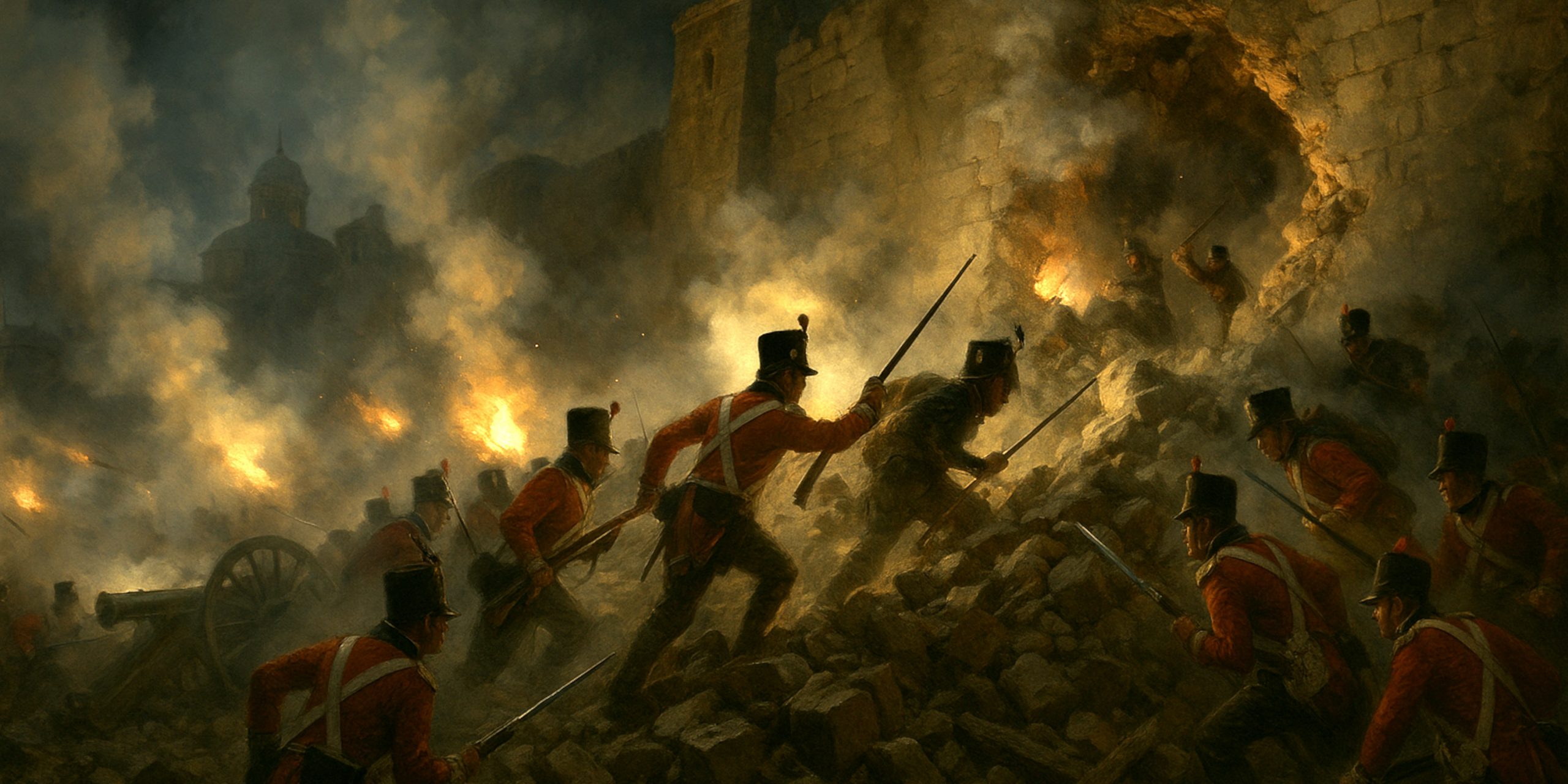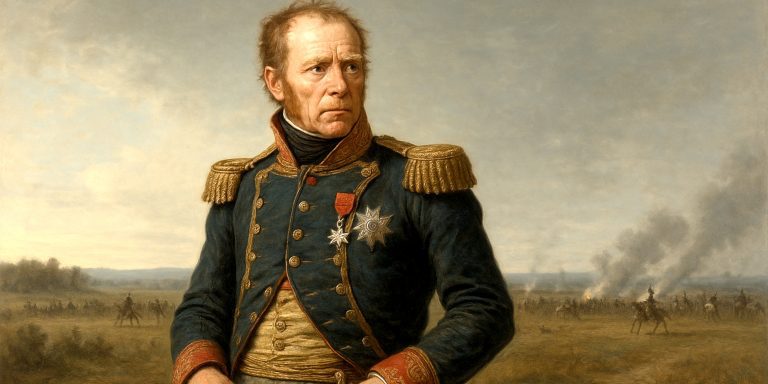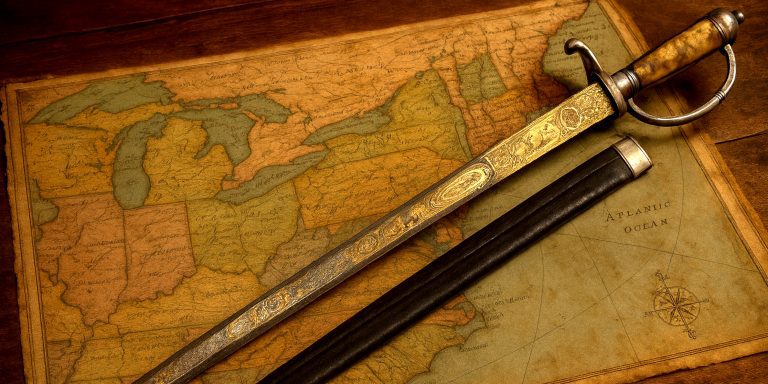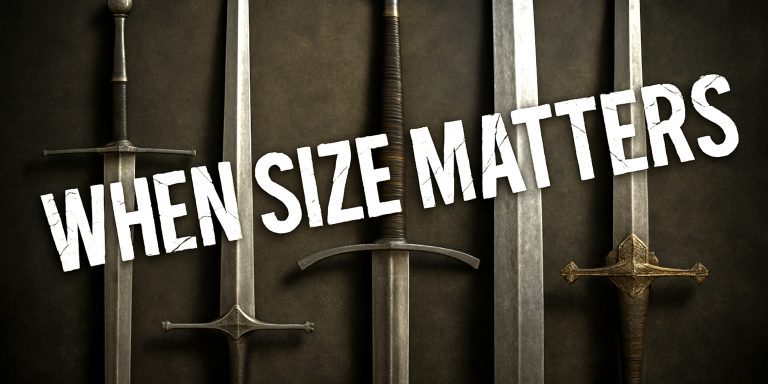
The Battle of Ciudad Rodrigo was fought between 7 and 20 January 1812 during the Peninsular War. It was one of those brutal winter sieges that tested not just the military ingenuity of the Duke of Wellington, but also the endurance of his soldiers. Set on the Spanish-Portuguese border, Ciudad Rodrigo was a heavily fortified city that guarded the northern route into Spain. Wellington’s victory here opened the path to Salamanca and ultimately to the liberation of much of the Iberian Peninsula.
It was also a textbook case of cold, mud, courage, and gunpowder, proving that 19th-century warfare could be as methodical as it was savage.
Forces
| Side | Commander | Estimated Strength | Composition |
|---|---|---|---|
| British and Portuguese (Allied Army) | General Arthur Wellesley, Duke of Wellington | 27,000 | 3 infantry divisions, Portuguese auxiliaries, siege artillery |
| French Empire (Garrison of Ciudad Rodrigo) | General Jean Léonard Baron Renaud | 2,000–2,500 | Infantry garrison, engineers, artillerymen |
The odds were not kind to the French. While their walls were formidable, their numbers were not. The British had the advantage of coordination, artillery, and motivation fuelled by months of retreat and frustration.
Leaders and Troop Composition
| Leader | Force Type | Key Units |
|---|---|---|
| Duke of Wellington | Allied Commander | Light Division (Craufurd), 3rd Division (Picton), Portuguese Artillery |
| Major-General Robert Craufurd | Light Division | 43rd, 52nd, and 95th Rifles |
| Major-General Thomas Picton | 3rd Division | 45th Nottinghamshire, 74th Highlanders, 88th Connaught Rangers |
| General Jean Léonard Baron Renaud | French Garrison | 34th Regiment of the Line, garrison artillery, engineers |
The combination of the Light Division and the 3rd Division made for a lethal storming force: fast, aggressive, and battle-hardened. Craufurd’s men were professional killers by now, equipped with Baker rifles, sharp bayonets, and sharper tempers.
Arms and Armour
British and Portuguese Forces
- Firearms: Baker Rifle (95th Rifles), Brown Bess Musket (Line Infantry)
- Melee Weapons: 1796 Infantry Officer’s Sword, 1803 Infantry Sabre, and bayonets
- Artillery: 24-pounder siege guns, howitzers
- Uniform and Armour: Red coats for British, blue for Portuguese; shakos, crossbelts, and minimal body protection (bravery had to make up for the lack of armour)
French Garrison
- Firearms: Charleville Musket
- Melee Weapons: French Infantry Sabre (Model An IX), bayonets
- Artillery: Garrison guns mounted on bastions, small mortars
- Uniform and Armour: Blue coats, white crossbelts, and the ubiquitous shako, less practical in a siege, but Napoleon did like his men to look good when dying bravely.
The Siege
Wellington’s plan was methodical. He arrived before Ciudad Rodrigo on 8 January 1812 and began siege operations immediately, knowing that speed was everything. Marshal Marmont’s army was nearby, and the longer Wellington stayed, the greater the risk.
By 19 January, two breaches had been made in the walls by Allied artillery: the “great breach” near the San Francisco bastion and a smaller one to the right. The next day, Wellington ordered the assault.
- The Light Division attacked the lesser breach.
- The 3rd Division stormed the greater breach.
The fighting was savage and close-quarters. Men climbed shattered masonry under fire, swinging sabres and thrusting bayonets in the choking smoke.
By midnight, the city was taken. Craufurd, one of Wellington’s finest divisional commanders, was mortally wounded, and Wellington’s army briefly descended into the kind of chaotic looting that was all too common after a siege.
Battle Timeline
| Date | Event |
|---|---|
| 8 January 1812 | Allied forces arrive before Ciudad Rodrigo and begin siege operations. |
| 10–14 January | Siege batteries established; trenches dug under freezing conditions. |
| 15 January | First breaches opened by artillery fire. |
| 19 January | Walls further weakened; final preparations for assault. |
| 20 January | Night assault begins; Light and 3rd Divisions storm breaches. |
| 21 January | Ciudad Rodrigo captured; looting and civilian casualties follow. |
| 22 January | French survivors surrender; Wellington restores order. |
Archaeology and Remains
Modern archaeology at Ciudad Rodrigo has revealed remnants of the siege works and some of the cannon emplacements used by Wellington’s engineers. Musket balls, uniform buttons, and fragments of artillery shells have been found in the area, giving tangible evidence of the ferocity of the fighting. The fortress walls, rebuilt after the war, still show scars and impact marks from the 24-pounder bombardment.
Contemporary Quotes
“The storming of Ciudad Rodrigo was one of the most gallant actions ever performed.”
– Sir Harry Smith, eyewitness and later Governor of the Cape Colony
“No man ever entered those breaches without knowing his chance was a short one.”
– Private John Kincaid, 95th Rifles
“We have done a great thing and taken a great place, but God knows what a price we have paid for it.”
– Anonymous British officer’s letter home
Outcome and Legacy
The capture of Ciudad Rodrigo was a significant strategic and psychological victory for Wellington. It secured his supply line from Portugal and provided a base for further operations into Spain. More importantly, it demonstrated that British and Portuguese forces could take fortified cities from the French with speed and precision.
The victory came at a cost: around 1,300 Allied casualties, including some of Wellington’s best officers. But the success inspired confidence across the Peninsula. Two months later, Wellington would repeat the feat at Badajoz, though with even bloodier consequences.
In Retrospect
Ciudad Rodrigo remains one of the finest examples of Wellington’s operational brilliance and grim realism. He attacked in winter, seized the initiative, and left his enemies reeling. The soldiers who stormed the breaches were not the romantic redcoats of later legend, they were cold, filthy, and utterly professional.
If there was any comfort to be had, it was perhaps that the French garrison’s bravery was respected, even by those who bayoneted them. War, as Wellington himself once noted, is “a detestable thing,” but it can produce moments of undeniable heroism.



